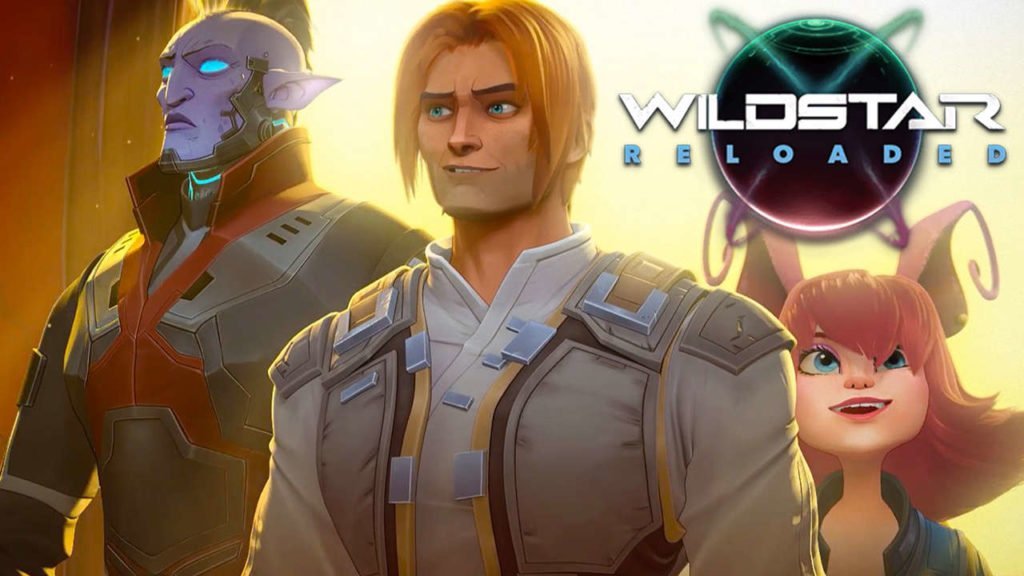The great importance of business models to the MMO
A large part of running an online game is keeping it running financially. This is where the business model comes in, and lots of developers try to pick the most popular way to monetize their MMOs, and they flop. Business model is a large part of making a game take off, and it's important that it actually matches the type of game, and even the pre-game fans of the series, if it has them. If the model isn't perfect, the game could flop, no matter how strong the launch was.First we have the monthly subscription. Many developers walk into the planning process with the idea that a monthly subscription will bring them the most cash. It's true, you'll know how much the game will make every month based on numbers. However, most games simply aren't made for this.

A large part of running an online game is keeping it running financially. This is where the business model comes in, and lots of developers try to pick the most popular way to monetize their MMOs, and they flop. Business model is a large part of making a game take off, and it’s important that it actually matches the type of game, and even the pre-game fans of the series, if it has them. If the model isn’t perfect, the game could flop, no matter how strong the launch was.
First we have the monthly subscription. Many developers walk into the planning process with the idea that a monthly subscription will bring them the most cash. It’s true, you’ll know how much the game will make every month based on numbers. However, most games simply aren’t made for this.

Wildstar’s quick dip in sales and active accounts was due to an issue with the subscription, and players running out of things to do. They found it easier to drop the subscription between patches, or just kick the game to the curb all-together, rather than wait around for new things to happen. The switch to free-to-play hasn’t saved it either, and remaining players are seeing more bare-bones patches after the lay-offs of the dungeon staff, and more cash shop updates.
The most popular subscription game by far is World of Warcraft. With only a slight drop in normal subscribers, it’s run for over 10 years on the same platform with very little deviation. Why does the subscription model work with WoW and not many others?
We have to look at the kind of situation World of Warcraft was released in: Not many games on the market filled its niche. Everquest had a large following, but people were looking for something new after 5 years, and after playing through extremely difficult content, even bosses that couldn’t be killed unless you cheated the system, MMO fans were excited when Blizzard announced their own. Using its unique setting, and the popularity of the original Warcraft games, World of Warcraft built up a large, loyal fanbase.
World of Warcraft currently has over 10 years of patches and work put into it. Even if you play through the new expansion’s content after a month, players have holidays, mounts to collect, armor skins to find, old raids to play through at their new, higher level. WoW is specifically built to be a time sink; to make their loyal customers come back month after month to get ready for the new raids they stagger the releases of, to get that Brewfest mount they were too lazy to get last year, or to help their guild progress.
Other games with subscription models that work out do so with a large fan base already behind them, just waiting to create characters in the world they love so much. Final Fantasy XIV: A Realm Reborn works along these lines. With solid combat, interesting dungeons, and lore-rich races, classes, and characters, A Realm Reborn has handled itself for 3 years so far. The player-base holds strong, with the role-playing server, Balmug, still having issues where character creation gets closed due to overpopulation.
Subscription models are difficult these days, with so much on the market, it takes a lot to make that $15 a month worth paying. Final Fantasy XIV suffered through 2 failed MMOs before A Realm Reborn, and they proved themselves with it. It’s sad, but it’s looking like only large companies with a lot of backing can handle the update schedule and effort required to keep a subscription MMO worth playing.
The buy to play model is one that has scared developers since the dawn of time. If the players only pay once to get the game, how do we keep making money in the long run? It’s tricky, that’s for sure. For smaller games with scheduled updates, it works out well, but larger games have a bit more trouble with this.
Guild Wars and all its campaigns is a good example of buy to play working. Guild Wars is an award-winning MMO, specifically made by old Blizzard developers who wanted to make something risky and new. The focus on story through instanced combat and quests allowed them to keep costs down, and implement a system where the player wouldn’t need the entire game downloaded to play. The business model flourished when they introduced other campaigns beyond the first; Prophecies. Players could play the original game, or the other campaigns separately, or even connect all of them to the same account and play through every story on their favorite character. This led to new revenue with each large update, with players paying to experience more content when they chose to.
Guild Wars 2 follows the original’s promise for no subscriptions, despite being a much larger endeavor of a game. Guild Wars 2 has instanced combat areas, but unlike the original, you share them with every other player on the server currently in that place, with some overflow shards to handle overpopulation. It’s a large game, with things constantly churning and changing in every map. How does buy to play work in this scenario?
Currently, Guild Wars 2 is on an every-3-months updating schedule, so new patches to play through are in abundance. Honestly they don’t have a lot of replay value, as it’s like reading a book. You get the story and you’re done, but having something small and new and low-effort to come back to every 3 months is great for audience retention. Additionally, with great designers and modelers at their disposal, GW2 has a wonderful array of armor, weapons, and costumes to choose from. Putting a heavy emphasis on collection of those skins, and being able to make your characters look exactly how you want them to, along with putting some of the nicer skins in the cash shop, Guild Wars players spend money on completely cosmetic, optional things. Mixing a cash shop with a buy to play model doesn’t always work, but keeping the emphasis on cosmetics has really worked in ArenaNet’s favor with the game.
Guild Wars 2 also takes their model to the next level by including a free version of the game. Free accounts are limited to the base game, and can’t access areas introduced in the expansion, Heart of Thorns. They’re free to experience the great original story, while having no access to the trading post, along with other limitations. The limitations don’t keep you from playing the game, and instead work as a nice incentive to buy the full game when you have the cash.
Free games are often seen, but short lived in the MMO world. They’re normally introduced with bugs, unbalanced cash shops, and broken mechanics.
Longer-lasting free to play games are hard to come by, but the majority that work out put an emphasis on social interactions between players. Perfect World International, a free MMO that’s been running since 2005, with an active forum to this day, has somehow made it. It doesn’t have amazing reviews, possibly due to outdated graphics, animations, a heavy push towards pay to win, and a stiff combat system. It is, however, very popular, even releasing a new expansion soon. Perfect World was the first free MMO with such a high level of character customization- you could have a unique character without paying money. There are many unique and interesting costumes in the game, and even animations that were shared between characters, being carried, small kisses, etc. It’s quite a self-indulgent game for loyal customers, but that’s about all it is.
The key to making any free game work out is to encourage people to support it with their wallets. Active community managers are a must, and listening to the players and implementing what they want, possibly with an emphasis on the casual, social, crowd is for the best in the end. A game that’s trying to push past this is Revelation Online, with the focus on social and cosmetic aspects being up there, but not as prevalent as combat and PvE. It’s currently in closed beta, but it’s proven to be very popular so far. The release and the update schedule will be the real kicker, letting players know if it will last or not.
Currently, the market seems to handle all 3 popular business models. Fans of one tend to stay with games that follow the same model, but just one bad experience can poison it all. When choosing the next game to play, keep in mind the way it’ll run alongside its business model, instead of thinking of the model as a last minute thing that needs to be dealt with. This all takes careful consideration that many developers have overlooked in the past, but we can learn from the failed games and continue on to make new ones that are even better.
